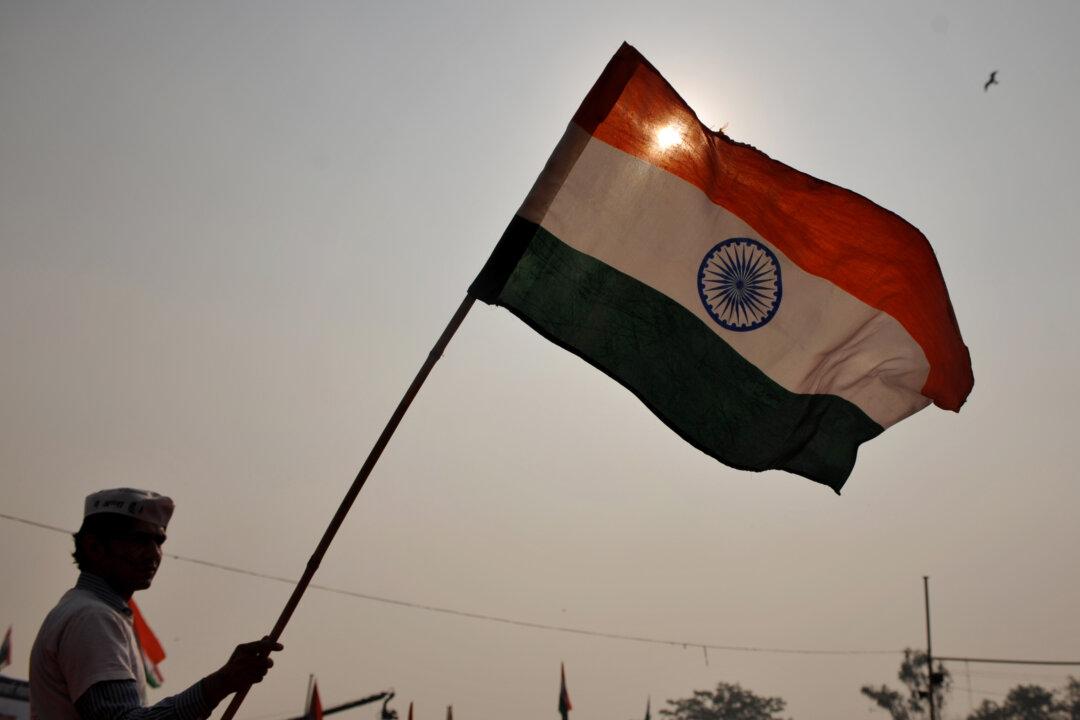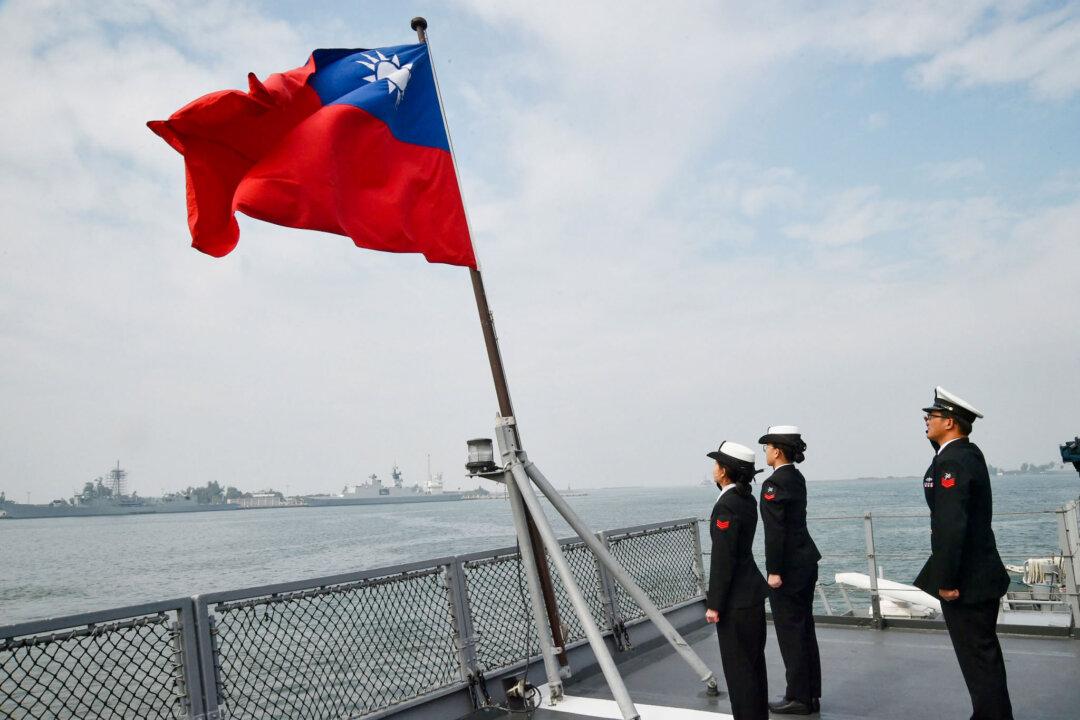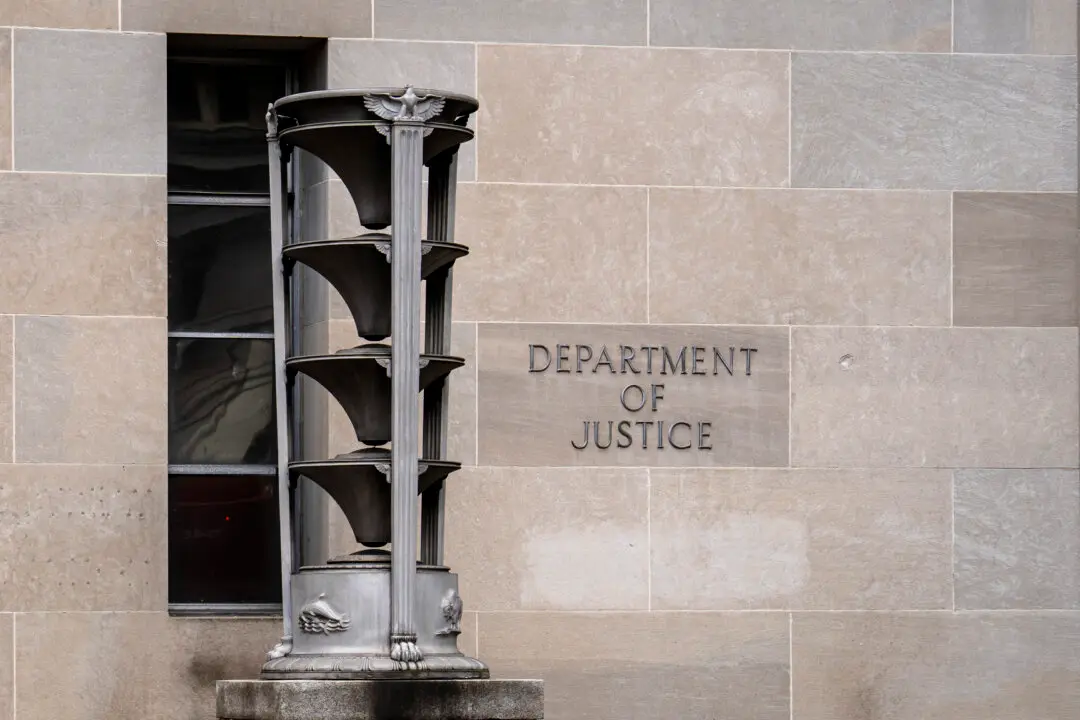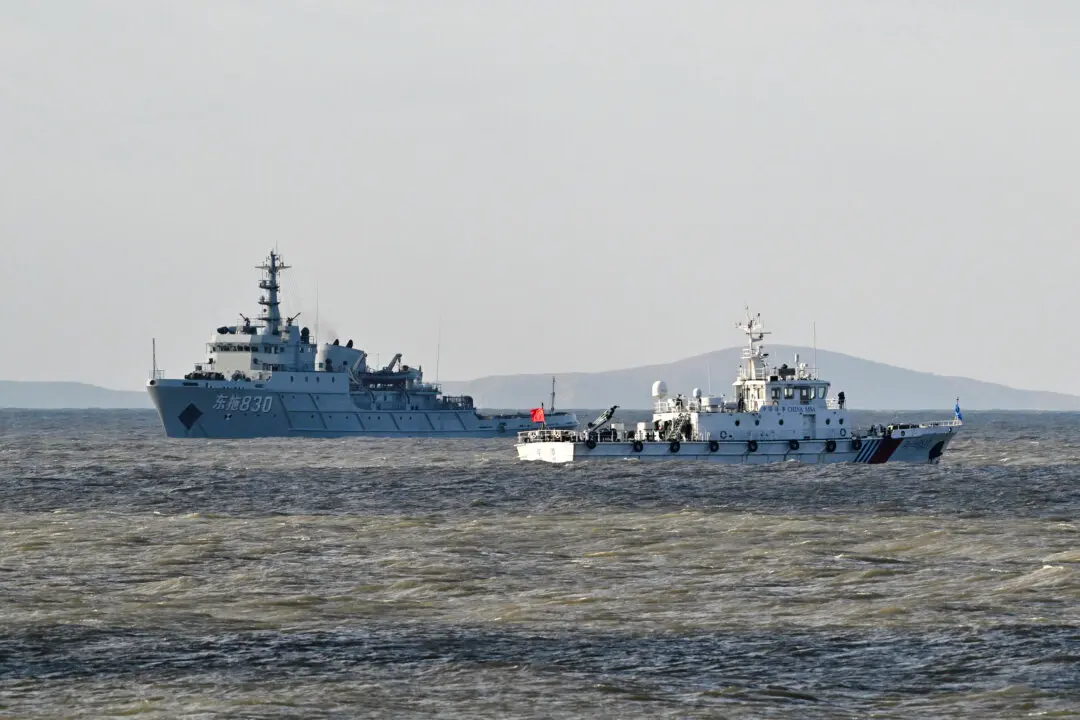A seaport in Iran that’s being developed by the Indian government has been granted an exemption from new U.S. sanctions against Iranian oil exports.
That is because the port, according to expert analysts, is part of India’s maritime strategy to counter China’s growing influence in the Indian Ocean.
The U.S. government re-imposed sanctions on Iranian oil exports on Nov. 5, according to Reuters, in an effort to force Tehran to give up its nuclear ambitions and ballistic-missile program. The sanctions are also a punitive measure in response to Iran’s support of militant proxies in a number of Middle Eastern countries, such as Syria and Lebanon.
Nine countries have been granted waivers by the U.S. government so they can continue buying Iranian oil: Italy, Greece, Turkey, China, South Korea, Japan, China, Taiwan, Afghanistan, and India.
The Iranian seaport of Chabahar, located in southeastern Iran on the Gulf of Oman, also has been exempted by the Trump administration, according to Reuters, allowing India to continue the port’s development, which includes constructing a railway line running from the port to Afghanistan.





